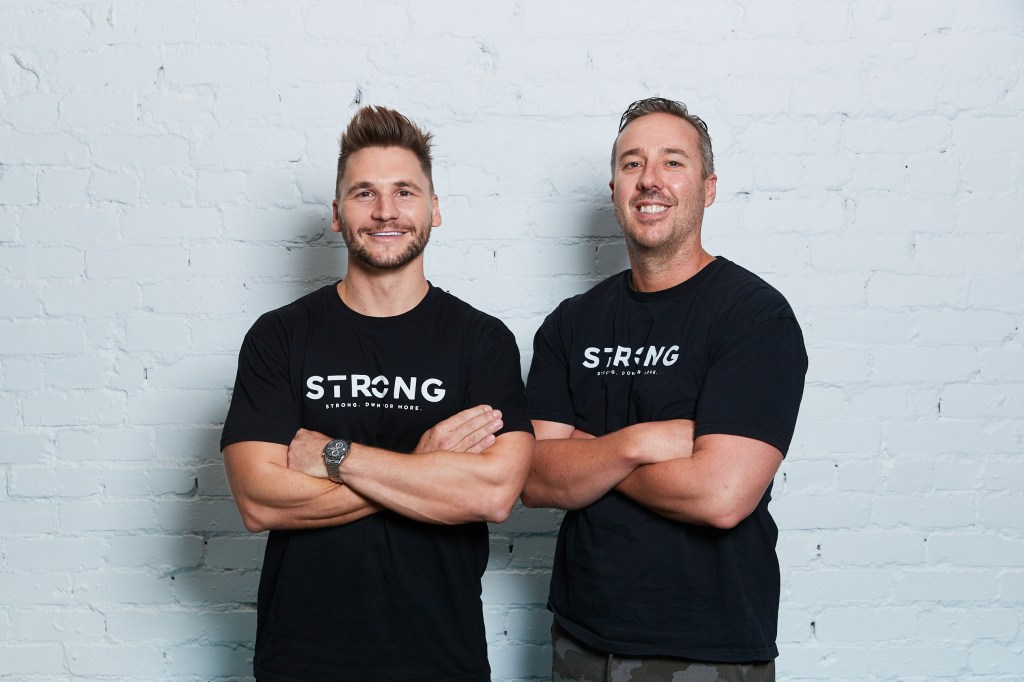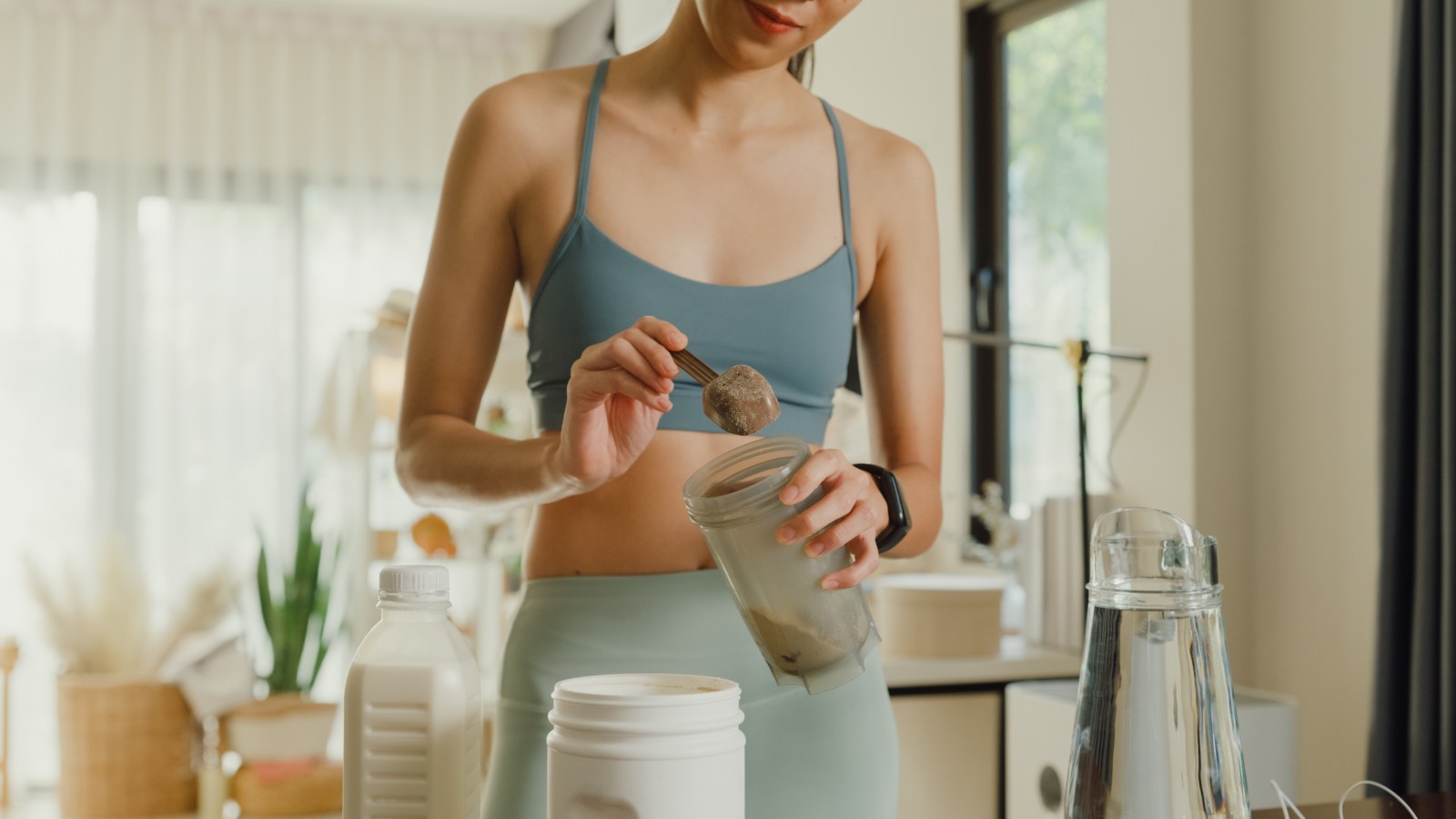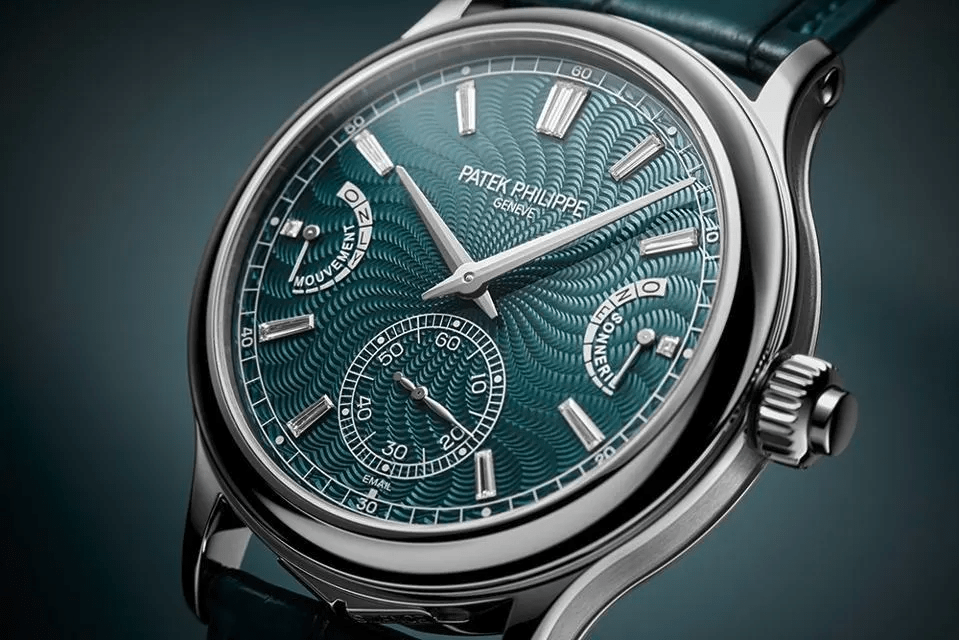Data shows pilates is the fastest-growing exercise genre in Australia. Meet the two men taking advantage of the Pilates revolution – and launching a new empire.

No, you’re not imagining it. There has been an increase in the number of yoga mats and Lululemon tights floating around the streets of Australia.
The practice of Pilates dates back to the early 1900s. But in the last year, the industry has seen significant growth, data from fitness class booking app ClassPass shows. In fact, Pilates is the fastest-growing exercise genre in Australia and New Zealand, experiencing 250% growth in the 12 months to September 2022. Its popularity is 2.8x times that of the next-best genre in Australia, which is yoga.
And as the exercise grows in popularity, so do the businesses offering it. ClassPass, which merged with Mindbody in 2021 after achieving its own valuation of US$1 billion, reveals the number of pilates venues working with the app increased by 50% in the 12 months to September 2022, compared to just 20% growth in strength or yoga venues.
Michael Ramsey and Mark Armstrong are the co-founders of STRONG Pilates, a new Australian fitness franchise taking advantage of the low-impact exercise revolution. STRONG first launched in 2019, claiming to be a high-intensity, low impact, full body workout. Its edge? It features a specky machine called a Rowformer.
Originally created in the US, the Rowformer is part-reformer, part-rower. Gym-goers get to experience reformer pilates with a side of HIIT (high intensity interval training) by using the rower in short intervals. Ramsey and Armstrong have the exclusive distribution rights to the Rowformer in the Asia Pacific.
Ramsey and Armstrong are not your average co-founders. They weren’t high school mates or lifelong entrepreneurs – and they certainly did not spend months developing a product in their parents’ shed.
Ramsey, a qualified personal trainer but a marketer by trade, used to work weekends in a night club, and Armstrong was his manager. But rather than rinse glasses and serve patrons, Ramsey and Armstrong would tuck themselves away in the back room and talk about business ideas.
“We’d just have all these chats, when I should probably have been working,” Ramsey admits.
“Our users are telling us that they’re more interested in the whole health piece now… all these things that Pilates provides.
– Samuel Canavan, managing director ClassPass APAC
Armstrong is also a qualified PT, but entered the police force and spent 10 years as a detective before working in athlete development in the AFL. From there, he worked in hospitality for the Darcy Family (who own The Precinct, Melbourne Public).
When the 45-minute group fitness circuit that is F45 took Australia by storm, Armstrong proposed him and Ramsey go in on a franchise. They flew to Sydney to trial the gym in 2015, and flew home to Melbourne having negotiated two territories in Victoria: Port Melbourne and South Yarra.
Four years later, right before the pandemic hit, the pair sold out of the business.
“We were always looking for the next thing,” Armstrong says. “We saw a bit of a gap here [in Pilates], so we sold out and reinvested into STRONG.”
They felt they’d reached the pinnacle of their careers with F45, and wanted to transition from franchisee to franchisor. But there was something else, too.
“There was a definite shift in the industry and we saw that early on,” Ramsey says.
He means the shift away from 8-week challenges, dropping 10% body fat and before-and-after photos to all-round holistic health.
“Our users are telling us that they’re more interested in the whole health piece now – that’s the mental health, injury prevention, flexibility, mobility – all these things that pilates provides. It’s very different to pre-COVID, where fitness was more aesthetic driven,” Samuel Canavan, ClassPass’ APAC managing director says.
“I see those [pre-COVID] days as numbered,” he adds.
Now, F45 is in turmoil and Ramsey and Armstrong know they dodged a bullet.
“We now know of 40+ studios that are closing right now. We sold at the peak – we had one of the busiest studios in Australia, and we got a huge return. We were really happy.”
“The appetite for health and fitness is high and has a lot of room for growth, and I feel that we are extremely well-placed to make a significant impact.”
Around the time they sold, Ramsey had broken his ankle and was doing pilates exercises for rehabilitation. He loved it, but felt it lacked the sweat factor – and the vibe (DJs, high-fives and high reps) – that circuit training can bring.
He stumbled on the Rowformer on Instagram and flew to Los Angeles to try it out. Once again, he came back with a deal: he’d negotiated the exclusive distribution rights for Australia, New Zealand, Canada and Asia. It was his turn to call in a favour from Armstrong, and the pair opened their very first studio at the end of 2019, completely self-funded (they still are to this day, they remind me). But then COVID hit.
“It was crazy challenging,” Ramsey says. “We literally couldn’t do anything.”
“But we kept getting enquiries,” Armstrong adds. “We didn’t have any history – we were just relying on our reputations, and the brand and the product. But once we came out the other end of that, it exploded.”
12 months ago, there were 3 STRONG studios. Today, there are 21. By the end of the year, STRONG will have 23 studios, and their pipeline says they’ll have 50 by the middle of next year. It isn’t cheap, though.
To own a studio, the average total investment is between $350,000 and $400,000. Each studio has 20 Rowformers, eucalyptus-soaked chilled towels for members after every workout, phone chargers in the lockers, and instructor-assist technology (these are TVs on the studio walls providing a visual guide of the movements).

It’s a lot to outlay, but the co-founders say there’s money to be made. They claim you can earn upwards of $500,000 in revenue per annum, with some studios achieving close to $1 million in revenue per annum.
To attend, you’ll be forking out $70 for a 6-month lock-in contract, or $75 for a no lock-in contract. Casual classes are $35. But the members come easily, they say. A new studio in Adelaide’s Somerton Park apparently pre-sold 330 memberships – before it even opened. And they’ve managed to attract a large segment of the market that has traditionally steered well clear of pilates: men.
“Getting guys in is traditionally quite tough in pilates,” Ramsey says. “It’s got a bit to do with recruitment – we use male ambassadors.”
It gets them through the door, but the training is why they stay: “We combine strength, conditioning and Pilates so people get results.”
Now, master STRONG franchisee – and ex-Australian cricketer – John Hastings is expanding the business into the UK and assuming the role of UK managing director. He says that the UK, which has traditionally been big on commercial gyms, is seeing a similar shift towards boutique offerings.
“There is a massive shift towards more people participating in Reformer Pilates which we have identified as an opportunity,” he says. “The appetite for health and fitness is high and has a lot of room for growth, and I feel that we are extremely well-placed to make a significant impact. It’s very exciting.”
“Being an ex-athlete, I’ve always loved my health and fitness,” he says. “I used to love the high-impact, high-intensity training methods, but quickly found my body wasn’t up to it. But after living and breathing [STRONG] for the last three and a half years, I not only believe it, but I am finding its benefits on my body to be excellent.”
Matt Berriman, a serial entrepreneur and investor (and co-founder and managing partner of RealVC, though this is not part of the fund) is also helping Hastings build out the UK presence.
“As an ex-elite athlete transitioning into business some 15 years ago, I saw the market opportunity for STRONG Pilates after their hyper-growth in Australia and UK’s thirst for the offering,” he says.
“I have first-hand seen John build his franchises in Australia, so it was a great opportunity to not only back a fellow elite sportsman transitioning into business but also invest in a space where we can clearly see a mass need for a high quality, intense, but low impact fitness experience.”



